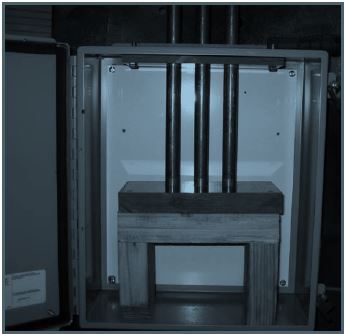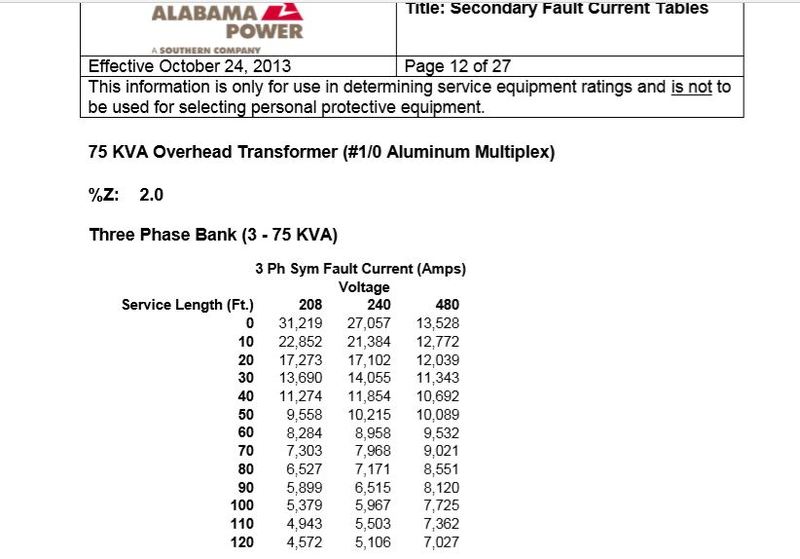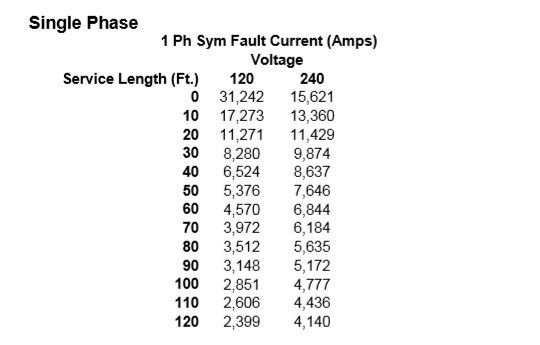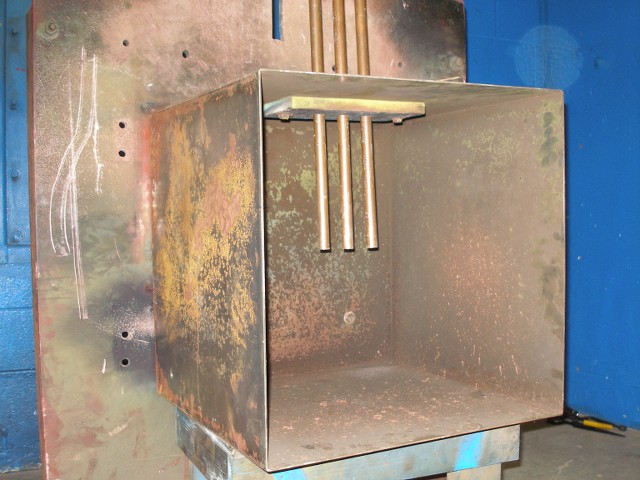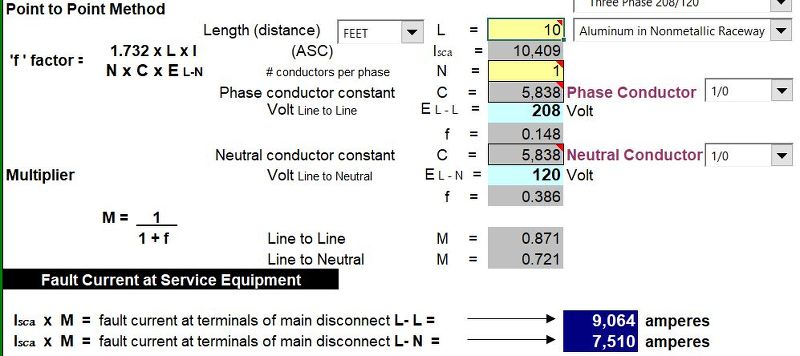KISS it --> keep it stupidly simple, I was told.
On difficult electrical situations where it is not advisable for personnel to do live work, the safest thing to do is not tinkering with the equipment when live. That way, you don't have to don the astronaut-like PPE. Or, remotely turn off the system, do voltage check (proximity voltage detectors), LOTO, do chaining to ground and then your good to go.
I just read the full paper called "Investigation of Factors Affecting the Sustainability of Arcs Below 250 V" by Michael J. Lang, Member, IEEE, and Kenneth Jones, Member, IEEE at Library Genesis.
The contents are horrifying. Here they used setups representative of real world equipments.
quoting their finding a bit:
"Tests performed with gaps of 12.7 and 50.8 mm were used to determine the effects of gap and X/R ratio on arc sustainability and incident energy with the barrier in place. Testing at progressively lower currents revealed the barrier configuration’s ability to reliably sustain arcs for more than 1 s with a 12.7-mm gap at 4 kA and 208 V. The 32-mm gap performed intermittently at the lower values."
Here is the abstract:
"Abstract—Recent testing with various electrode configurations and insulating barriers suggests that 250-V equipment omitted from arc flash hazard analyses has the potential for burn injury. Research into the sustainability of arcs at these voltages shows that assumptions about the magnitude of these hazards need to be revised. This research enhanced the work of previous efforts by focusing on the sustainability of arcs with fault currents lower than 10 kA. Gap lengths between electrodes, electrode shape, electrode material, and voltage variations are studied for their effects on arc sustainability. A modified barrier design representative of the space around panelboard bus bars is also studied."
The following is their conclusion:
"CONCLUSION
The testing discussed in this paper shows that sustained arcs are possible at 208 V even at relatively low fault currents but are dependent on several factors including voltage variations, conductor material, the configuration of conductors, and the presence of insulating barriers. The challenge to industry is to advance the research identified in the references, do additional testing on a variety of low-voltage equipment, and incorporate those findings into improved standards. These test strategies must consider all practical locations within the equipment where arcs may occur; within all equipment is the possibility for different electrode orientations.
Enhanced models for various equipment"
Fortunately. Some of it is integrated into IEEE 1584-2108 released just a few months ago. But how many are aware of the latest when in other parts of the world, some are not even aware of IEEE 1584-2002.
This is important for the electrical workers worldwide. In our country. What defined electricians is their willingness to work live. That's their trademark since we don't use any neutral or ground and there is no polarity in the red and black phase to phase. So their skills are defined by able to tape connections well and work live. We don't use any wire nuts or Polaris terminals. In fact the contractor electrician has connected a pair of AWG 4 wires into a room by just splicing them and taping them. Sometimes I got horrified imagining what if resistive heating would form in the splice. I may need to use Polaris terminals on them if there is a chance to service the unit which has tenant inside so can't just disturb them.
Anyway to those who have read the paper fully. Let's discuss the hard science and engineering aspect of it. But since this thread is already long. Anyone who wants to discuss them can start their own threads so as to get fresh inputs as many don't want to even browse any threads that are 10 pages long, lol!


